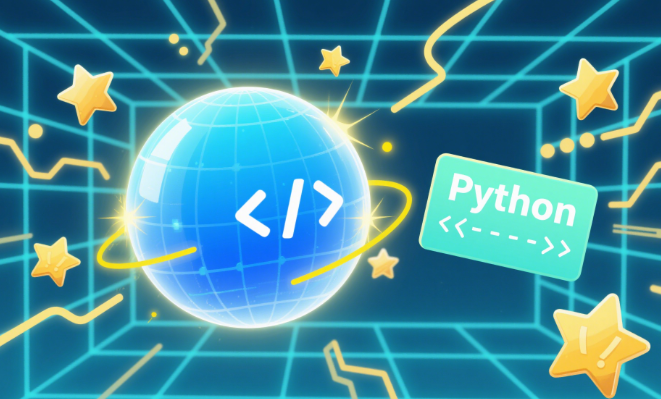?? Imagine an AI that learns like a genius child—no textbooks, no teachers, just pure self-driven curiosity. Tsinghua University's Absolute Zero AI Training is doing exactly that! This groundbreaking method lets models teach themselves through code-based puzzles, achieving SOTA performance in math and programming—without a single human-labeled dataset. Let's dive into how this paradigm is rewriting the rules of AI evolution. ??
?? The Birth of Tsinghua Absolute Zero: Why It's a Game-Changer
Traditional AI training is like spoon-feeding: humans curate data, define tasks, and hold the model's hand through every step. But what happens when AI outgrows our textbooks? ?? Tsinghua's team tackled this bottleneck head-on with a self-play framework where the AI acts as both teacher and student. By generating and solving code-driven tasks autonomously, it achieves what researchers call "zero-data intelligence".
Here's why it matters:
?? No human data dependency: Forget scraping forums or hiring annotators—the AI creates its own curriculum.
?? Cross-domain mastery: Models trained purely on code tasks outperformed math-specialized AIs by 15.2%.
?? Scalability: Larger models (e.g., 14B parameters) showed 13.2% bigger gains than smaller ones—proof that size amplifies self-learning.

?? How Tsinghua Absolute Zero AI Training Works: A 5-Step Brainstorm
Step 1: The Self-Play Duo—Proposer vs. Solver
The AI splits into two roles:
Proposer (Teacher Mode): Generates code-based puzzles like "reverse-engineer the input" or "write a function from examples."
Solver (Student Mode): Tackles these challenges, with a Python interpreter acting as the strict examiner.
Step 2: Task Validation—Code as the Ultimate Truth
Every proposed task undergoes brutal code checks:
? Syntax correctness
?? Security (no risky system calls)
?? Deterministic outputs
Step 3: The Goldilocks Principle—Balancing Challenge & Reward
The system calculates learnability scores for each task:
| Task Difficulty | Success Rate | Learnability Score |
|---|---|---|
| Too Easy | 100% | 0 ?? |
| Just Right | 40-60% | 0.6-1.0 ?? |
| Too Hard | 0% | 0 ?? |
Step 4: Triple-Threat Reasoning Workout
The AI masters three thinking styles through code:
Deduction (Code + Input → Output)
Abduction (Code + Output → Input)
Induction (Input/Output Pairs → Code)
Step 5: The Evolutionary Loop—Learn, Adapt, Repeat
Using Task-Relative REINFORCE++, the model updates its parameters based on dual feedback:
?? Accuracy rewards for correct solutions
?? Learnability rewards for well-designed tasks
?? Why This Changes Everything: Beyond Code & Math
While tested on programming, Absolute Zero's implications are universal:
?? Scientific discovery: Imagine AI designing chemistry experiments or physics simulations from scratch.
?? Creative domains: Self-generated writing prompts or art challenges.
?? Real-world robotics: Robots learning manipulation tasks through virtual environments.
